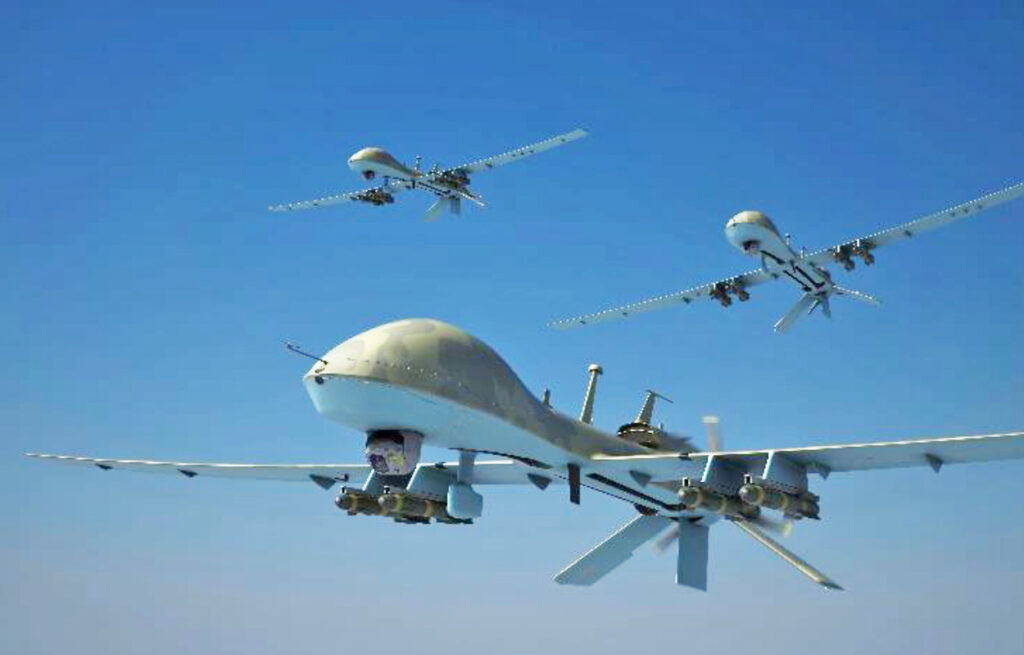Top Iranian military officers were killed in an earlier Israeli attack on Iran’s consulate in Damascus, Syria, which prompted the April 13 attack. Although the strike by Iran caused only limited injuries and slight damage to an Israeli army camp, it demonstrated how warfare is changing, especially when it comes to drones and counter-drone technology.
In an attempt to overwhelm Israeli air defence systems, Iran used a combination of ballistic missiles, sophisticated cruise missiles, and armed drones. Drone technology is becoming more and more important in modern warfare, even if Israel’s multi-layered defensive systems, such as Iron Dome, David’s Sling, Patriot missile defence, and the Arrow, intercepted most drones and missiles.

Source: SP’s Land Forces
The effectiveness of Israel’s defence systems, which have a remarkable interception rate, emphasises how crucial strong counter drone tactics are. Israel’s defences are about to get much stronger with the addition of the Iron Beam system, which uses laser technology to target threats that are closer in.The Middle East crisis serves as a stark reminder of how drones have revolutionised modern warfare. Drones are advanced flying vehicles that can gather intelligence and carry out precise strikes. They were first created for target practice and surveillance. They have a significant impact on operational tactics and strategic choices on the battlefield due to their autonomous capabilities and real-time data transmission.
Drones have replaced crewed planes in places like Ukraine, saving money and lowering the risk to human life. This pattern supports Eric Schmidt’s theory that drones will dominate warfare in the future, emphasising the necessity for countries to modify their military plans appropriately.India has made investments in the development and acquisition of drone technology, seeing its potential.
Source: Bloomberg Originals
With the help of laser-guided missiles, the Defence Research and Development Organization (DRDO) has successfully created the Autonomous Unmanned Research Aircraft (AURA), a fast-moving surveillance drone. Furthermore, India has improved its capabilities for land and maritime observation and reconnaissance by acquiring MQ-9B armed drones from the United States.
But there are drawbacks to the widespread use of drones, especially when they end up in the hands of terrorists and non-state entities. In order to successfully neutralise drone threats, the Indian Army Air Defence Corps has developed counter-drone devices by reusing outdated air defence weaponry.Innovation in drone technology and defences highlights India’s position as a centre for this kind of study and development. The evolving nature of warfare in a technologically enhanced environment necessitates significant investments in cutting-edge technologies to sustain military preparedness and security against new threats.
What do you think about this? Comment below.

